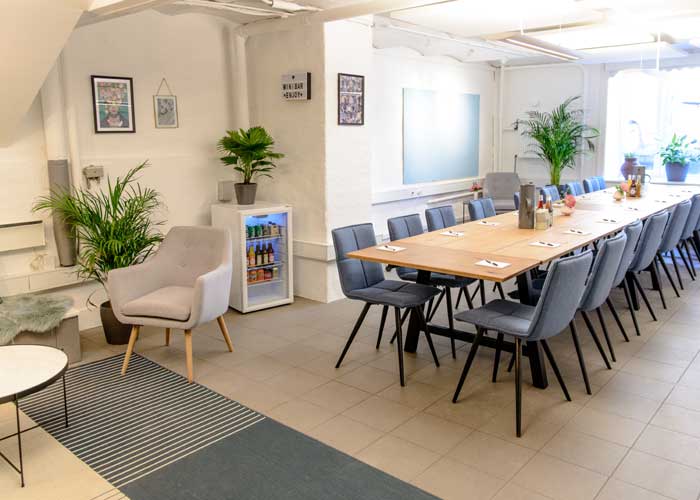Good advice for a better meeting culture
- Do your meetings often take longer than planned?
- Do you have difficulty keeping the concentration and focus on the agenda?
- Do you fall back into the daily routine and lose the overview of what was agreed?
If a meeting is not controlled, it will often end with the fact that the focus will not be held and the talk will be out of the agenda, and the time scheduled for the meeting will usually not be met or held. At the same time, the discussed tasks will often be prioritized in favor of the daily tasks.
Below you get 3 tips for more effective and profitable meetings.
-
Meeting time
Problem:
When there is no structure for the time management of a meeting, the result will often be that the agenda is not completed or the last points are urged, so that the participants leave unresolved and with frustration.
The frustration is the result of the meeting participants experiencing time wastes. For example: Focus is overshadowed by immediate input and “sidings/Sidespor“, where the talk pleasantly goes around irrelevant details, rather than sticking to the items/subjects on the agenda.
One of the meeting chairmen’s most important tasks is to cut through time and focus on the deadline for the agenda.
Solution:
Make meetings of a maximum of 45 minutes unless it is a project meeting, where work is important in the process.
Each subject on the agenda must have its own time block, which is a maximum of 10 minutes.
If any subjects from the agenda require a follow-up, always appoint a new time for the follow-up meeting immediately, before proceeding to the next point. Remember to agree who will attend the follow-up meeting for this particular subject.
Always complete with a 5 min. chat, then the meeting ends with a good mood.
-
Meeting report
problem:
The summary just sums up the content of the meeting, and does not clarify which tasks should be performed before the next meeting – or who will perform the tasks.
Solution:
Make sure your summary is handy and solution-oriented. Instead of a long “dissertation”, make a short and accurate record that is divided into three columns:
- Work: What has been decided to do?
- Responsibilities: Who should perform the task?
- Estimated deadline: When will the work assignment be completed?
-
Meeting room
Problem:
When you use the usual meeting room, the roles and actions of the meeting participants will often repeat meeting after meeting – in fact, you often see that there are “fixed places”, and everything is business as usual.
Many underestimate people’s need for change and most meeting leaders are not aware of the importance of the physical framework for productivity.
Solution:
- Instead of using the same meeting room, change rooms from meeting to meeting – and preferably to an external meeting room out of the house where you can sit undisturbed from the everyday life.
- Try to vary the meeting form. For example: remove the tables and sit in front of each other. When the participants do not have a table, they can better concentrate and will therefore engage more in the meeting.
- If you need the tables for the meeting, try to hold the meeting standing at the high tables.
- Walk-and-Talk. Do your meetings while you go for a long trip and get some fresh air – it gives energy to the brain.
- If you have a day meeting, make a break where you do something completely different. It will restart your brains and when you come back to the meeting, you will find that the meeting participants bring new energy.





